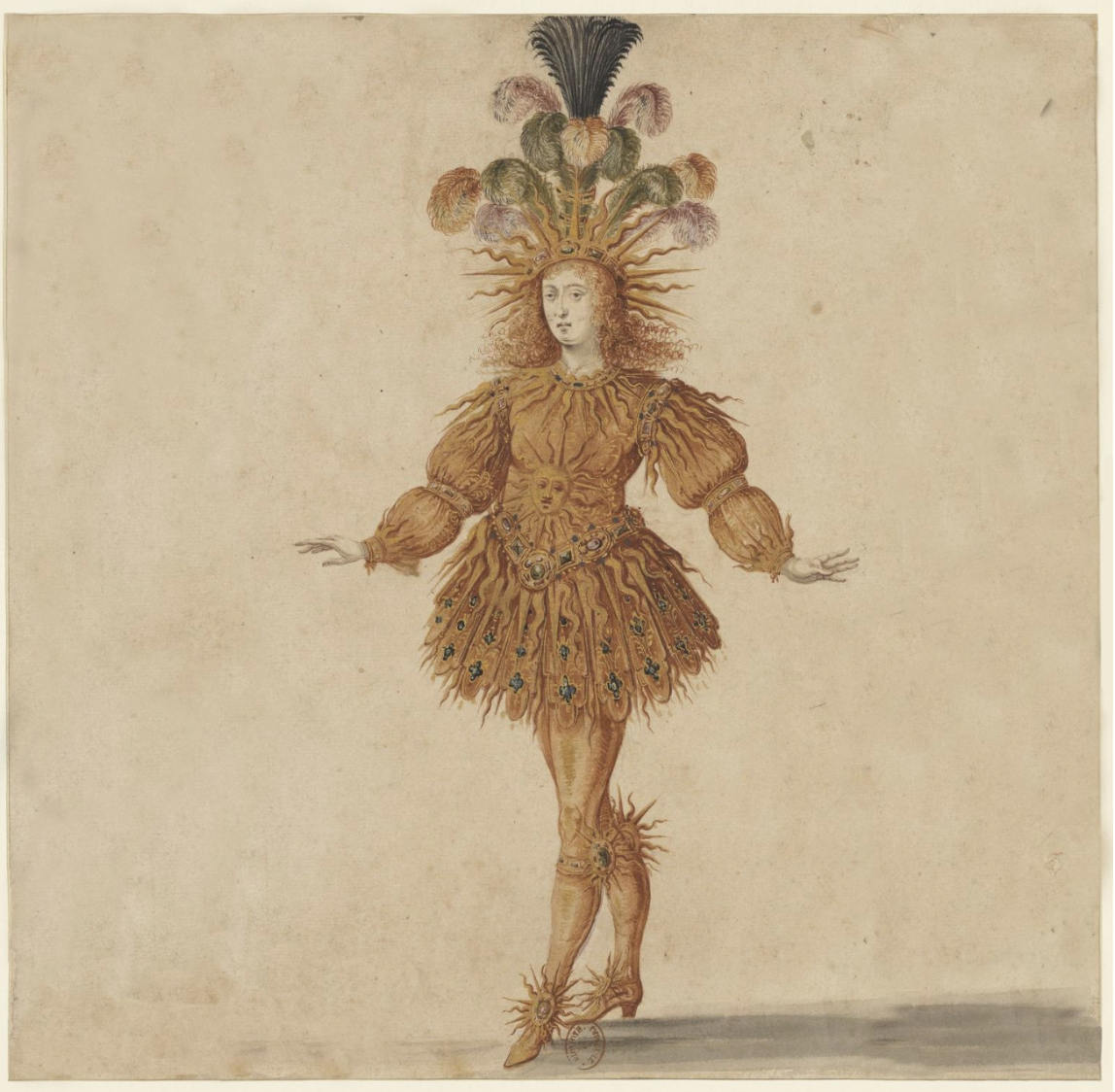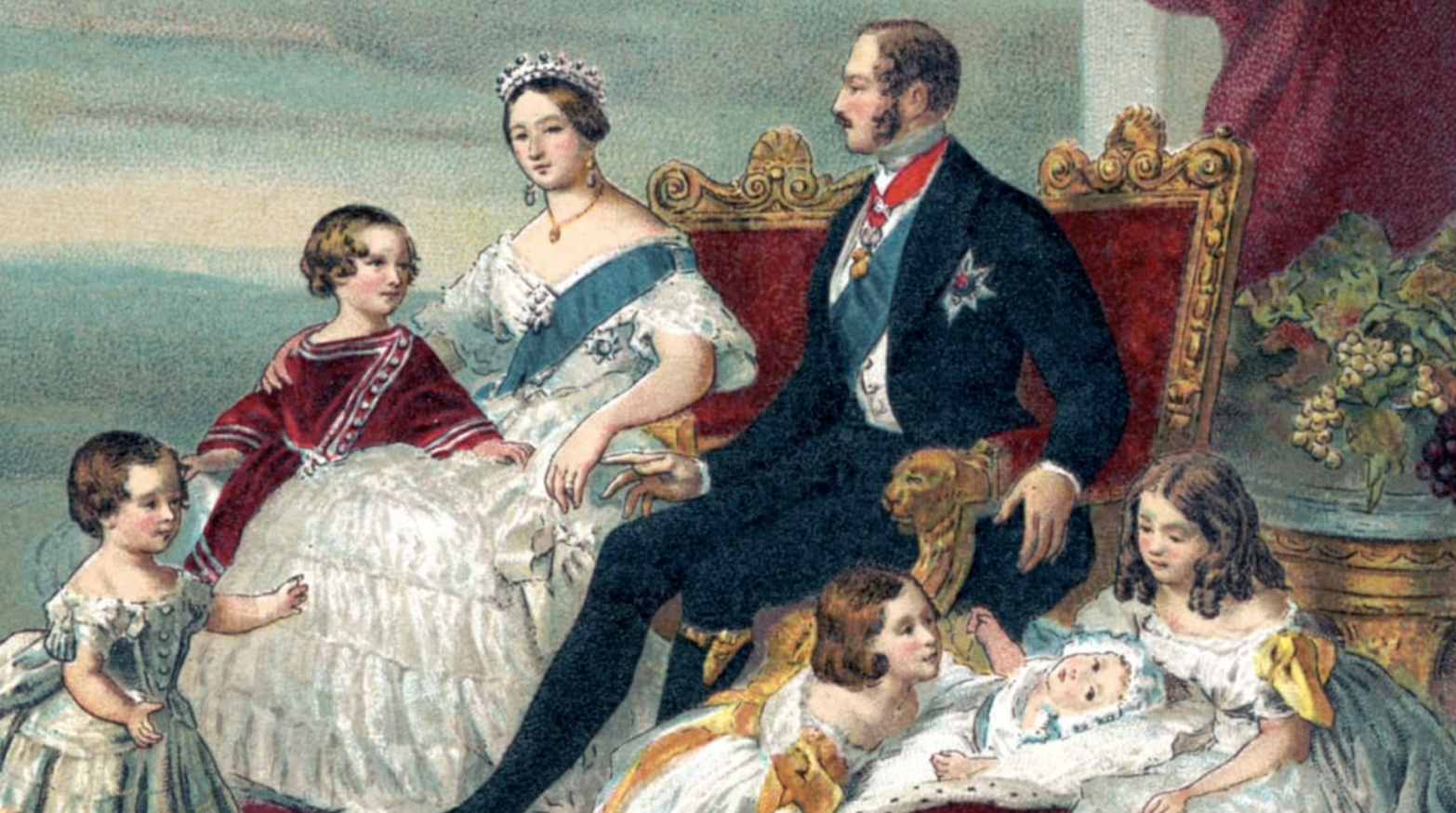From the Sun King to Tom Ford: the Devolution of Men’s Fashion
Graphic by Carly Witteman.
Every year without fail, my mom and I sit on our leather couch in the small living room of our apartment surrounded by snacks and the smell of tea, turning the TV to ABC to watch the Oscars. Her favorite part is the red carpet, and she always insists we watch it. This is where my love of fashion started. It’s also where my extreme contempt for black suits began.
When I watch the Oscars and the camera pans over the audience of celebrities that have millions and millions of dollars in their bank accounts and see nothing but boring black suits on every single man, I feel inexplicably enraged. I turn to my mom and say the same thing every year: “If I had as much money as these people….” Unfortunately, I don’t have as much money as these men, so I turn my wishful thinking into judgment.
Image courtesy of The New York Times.
Black suits may be some people’s definition of style, and there’s nothing wrong with that. Even I like to see a guy dressed in a nicely tailored black suit. But do we really need to see the same suit, every year at every event? I think not. I have every reason to feel this way! My seminar this quarter is on 18th-century fashion, and if there’s anything I’ve learned, it’s that men’s fashion was never this boring. It used to be filled with bright colors, camp galore and luxury. So, how did we go from that to Tom Ford boldly proclaiming at this year’s Met Gala that he doesn’t “do themes”?
During King Louis XIV’s reign (1638-1715), the Palace of Versailles was the fashion capital outside of Paris. This was because Louis XIV created numerous sumptuary laws that severely restricted the nobles’ movement and fashion choices. One of those laws was that all nobles were required to live in Versailles to prevent them from going to Paris and spreading fashion restricted to royalty with the common Parisian people. This contained high fashion to Versailles and made it exclusive to royals and Louis’ multiple mistresses who were allowed to stay in the palace. Nobles were prevented from wearing various clothes. For example, in the image below, King Louis sports a pair of pointed-toe shoes with a red heel. Louis declared that the red heel was only to be worn by the royal family or by people who had gained his favor. This red heel is now the signature of Christian Louboutin’s red soles and still symbolizes exclusivity and wealth.
A portrait of King Louis XIV. Image courtesy of Wikipedia.
Louis XIV depicted in an ensemble he wore for a ballet he performed in Versailles that gave him the nickname “the Sun King.” Image courtesy of Louvre Kids.
Inside the palace’s walls, fashion thrived with Louis XIV as its face. He, along with his younger brother, Philippe I, were integral in the development of “camp.” Camp fashion originated from the French phrase se camper, “to stand firm,” the way one would when striking a pose, exemplified by the pose Louis XIV holds in the image. His feet are positioned in fourth position — a ballet pose —his robe curves and flows, his left-hand rests on his hip and his right hand gracefully grips his royal scepter. Even in the second image, Louis XIV is dressed in probably the best outfit I’ve ever seen on a man, and he exudes regality and elegance. The French king valued se camper so highly that he forced the nobles at Versailles to dress with pose and performance, and it was an ideal he lived by and championed throughout his reign.
When Louis XIV died, fashion finally had the freedom to spread to Paris. Nobles would take the long carriage ride to Paris and enjoy the popular fashions of the city. Their escape from the sumptuary laws of Louis XIV did not destroy fashion. If anything, fashion grew. Clothing became a status symbol, and during this time, it was actually men who were at the forefront of fashion. They dictated the trends for both men and women.
When Louis XV (1710-1774) began his rule, the role of women in fashion drastically changed with the arrival of his mistress, Madame de Pompadour. She was Louis XV’s favorite mistress, and she popularized the use of pink in men's and women’s fashion. After this, fashion became a female-dominated industry. However, men were still ever-present, far from adopting the boring suits of today.
In the 1760s and 1770s, a group of young Englishmen known as macaronis gained prominence in the English fashion sphere. During this time, the French and Italians were viewed as the frontrunners of fashion — a fact questioned by the British. While Englishmen dressed more subdued, French and Italian men made ample use of bright colors and lavish designs. The British macaronis adopted French and Italian fashion to combat the then mainstream style of dressing and challenge preconceptions of gender. For example, English trends dictated that hair be worn short for men and women, yet the opposite was true in France. Men still wore large powdered wigs, so the macaronis followed suit. A tiny hat was balanced on top of these tall wigs. macaronis also adopted the rococo makeup popular in France at the time, characterized by strong blush and pale powder. They carried around swords reserved for nobility in England, despite these swords no longer serving a utilitarian purpose. They even went so far as to completely adopt a Francophile “aesthetic,” permeating all aspects of their lives, from fashion to makeup to how they spoke to their posture.
Image courtesy of Messy Nessy Chic.
mage courtesy of Unframed LACMA.
In the 1800s, men still kept to the styles of the 18th century. They wore knee-length breeches over tight stockings meant to show off their toned calves, powdered wigs, waistcoats, coats with tails and a tall cravat (neckcloth). But, fashion’s emphasis was no longer on se camper, but rather, on a depiction of sophistication.
The 18th century’s influence disappeared when Queen Victoria took the English throne in 1837. During the Victorian era (1837-1901), men’s fashion, arguably, took a turn for the worse. Gone were the powdered wigs that served as status symbols. Gone were colorful coats and showing off fabulous calves. And in were the boring black suits.
Queen Victoria and her family in 1846. Image courtesy of Mental Floss.
The Victorian era has yet to release its vice-like grip on men. To this day, men refuse to move on. Or so I thought. There have been a very, very, very small number of men who have begun to embrace fashion on the carpet, and like most cultural shifts in America, it began with hip-hop. Male rappers and R&B artists of the 1990s and early 2000s valued flamboyance in fashion. One rapper who was especially influential was Cam’ron. Following the success of his song “Hey Ma” on the Billboard charts, Cam’ron was invited to attend his first New York Fashion Week in 2002, and he wore a pink fur coat with a matching pink headband. This look completely changed fashion in the hip-hop world forever: rappers began to wear pink and experiment with fashion.
Cam’ron at the 2002 New York Fashion Week. Image courtesy of GQ.
Kanye West wearing a pink Polo shirt in 2004. Image courtesy of Photos of Ye.
Cam’ron’s influence is present today in artists such as Tyler, the Creator and A$AP Rocky. These artists use fashion to both communicate with their audiences and simply look good. Their involvement in the fashion world has driven their male fanbase to begin viewing clothes as an avenue of expression, not just as something you put on in the morning.
Tyler, the Creator at the 2018 Grammy Awards. Image courtesy of Vogue.
A$AP Rocky at the 2014 Grammy Awards. Image courtesy of Highsnobiety.
Unfortunately, this has not managed to translate to the red carpet, especially at award shows like the Oscars. Men’s fashion has devolved into a mass of nearly identical black Prada suits. However, there is still some hope. Actors like Timotheé Chalamet and Billy Porter prove that red carpet fashion is not solely a women’s game and that men's formal wear shouldn’t be boring.
Timotheé Chalamet at the 2021 Cannes Film Festival. Image courtesy of US Weekly.
Billy Porter at the 2019 Golden Globe Awards. Image courtesy of People.
Even though men’s fashion has become significantly diluted from the times of the Sun King and the macaronis, the emphasis fashion once had on se camper is slowly making a comeback. I know this will take a lot of time, but I really hope that men’s fashion will begin to steer away from the horrifically dull style of the Victorian era. Maybe then I’ll be able to watch the Oscars red carpet in peace.













